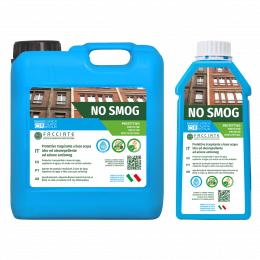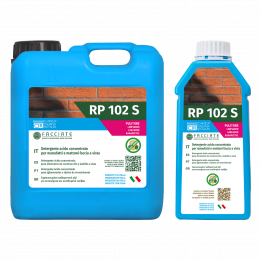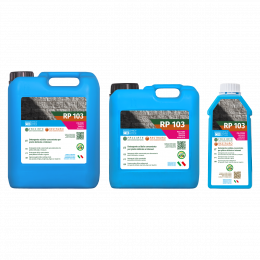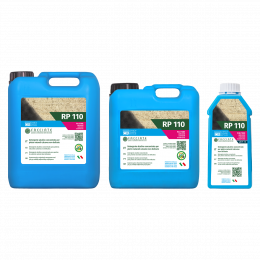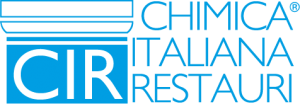The airborne substances to which the materials are exposed and the climatic conditions act on the supports by changing their composition; in this case degradation is called chemical degradation. The most common effects of smog on materials are: formation of black crusts, surface withdrawal (chemical dissolution), crystallization of salts.
However, the level of aggression and the mechanism of alteration due to the pollutants vary depending on the exposure of the material, the chemical nature of the material and the external environmental conditions.


